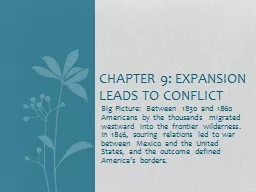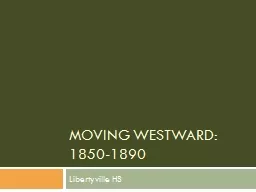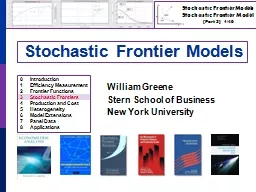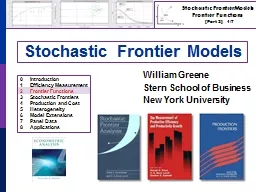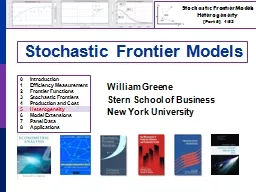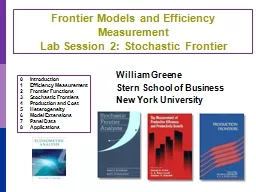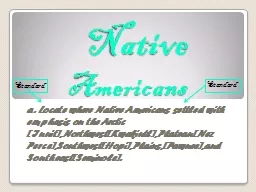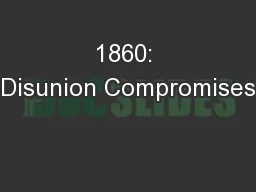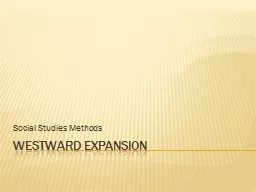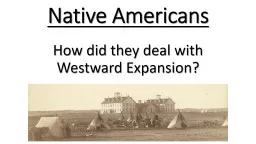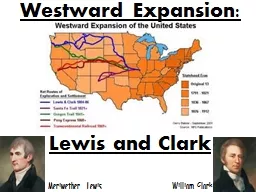PPT-Big Picture: Between 1830 and 1860 Americans by the thousands migrated westward into the
Author : luanne-stotts | Published Date : 2018-09-24
Chapter 9 Expansion Leads to Conflict Main Idea Americans in large numbers followed trails to the West in the 1840s and 1850s Chapter 9 Section 1 Manifest Destiny
Presentation Embed Code
Download Presentation
Download Presentation The PPT/PDF document "Big Picture: Between 1830 and 1860 Ameri..." is the property of its rightful owner. Permission is granted to download and print the materials on this website for personal, non-commercial use only, and to display it on your personal computer provided you do not modify the materials and that you retain all copyright notices contained in the materials. By downloading content from our website, you accept the terms of this agreement.
Big Picture: Between 1830 and 1860 Americans by the thousands migrated westward into the: Transcript
Download Rules Of Document
"Big Picture: Between 1830 and 1860 Americans by the thousands migrated westward into the"The content belongs to its owner. You may download and print it for personal use, without modification, and keep all copyright notices. By downloading, you agree to these terms.
Related Documents

